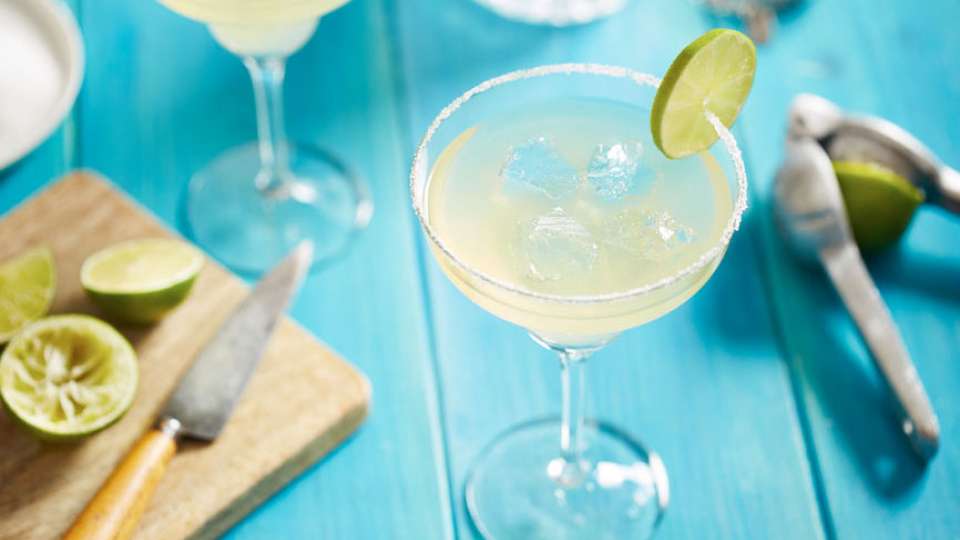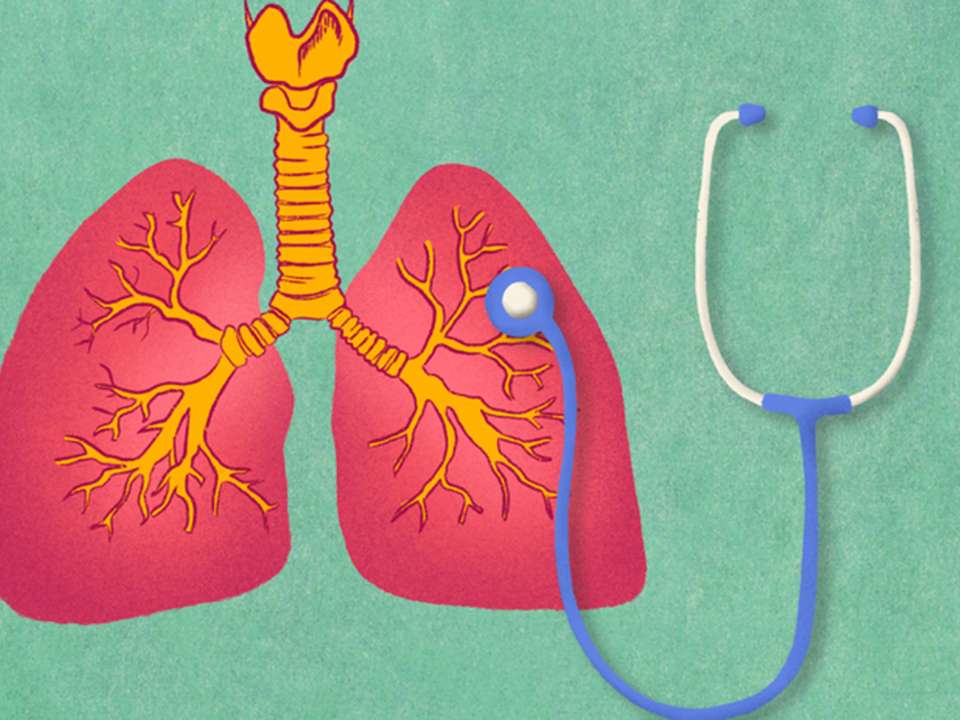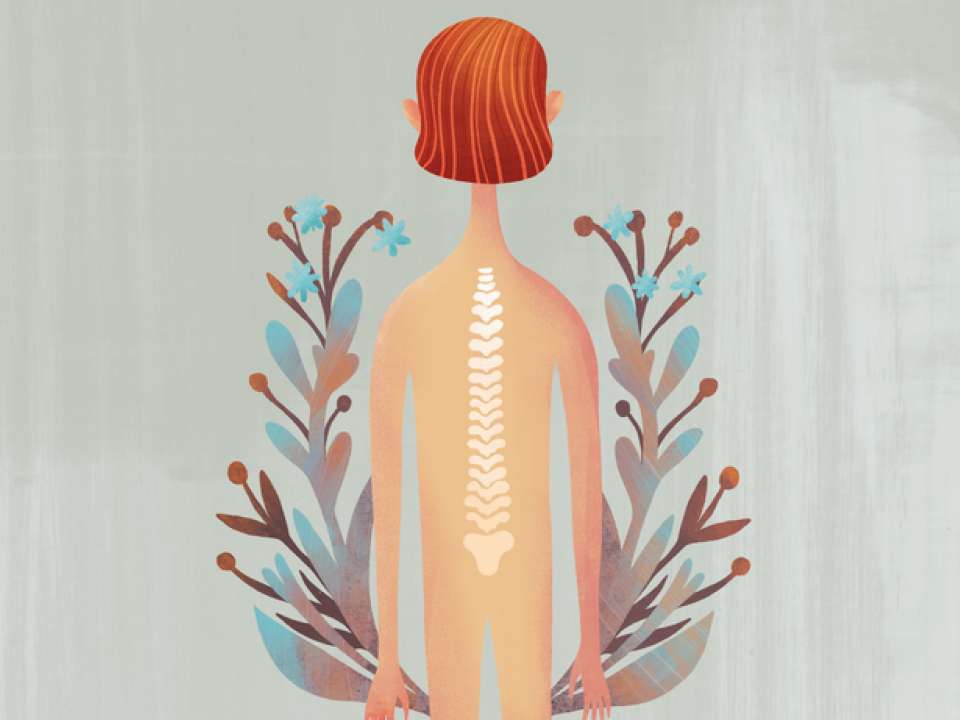This Is Why You Shouldn’t Make a Margarita on a Sunny Day

On a sunny Saturday in July several years ago, Kendra VanDusen was enjoying the afternoon on her deck when she noticed a splotchy rash she thought was a sunburn on both hands where she had been holding a drink glass. The next day, the burn was blistering and looked like a second degree chemical burn.
“I couldn’t figure out what could have caused it at first. I wondered if I was having a reaction to the glass I was holding, or if something in there caused the burn. I even went to the doctor and they didn’t know at first,” says VanDusen, who works as a program support supervisor in the University of Washington Registrar’s Office. “It took a while to learn it was from lime juice.”
Earlier in the day, she had been making a salad with fresh-squeezed lime. And while she thinks she washed her hands afterward, some of the juice was still on her hands, causing a reaction with the sun called phytophotodermatitis.
Also known as "margarita burn" or "margarita dermatitis," the reaction can lead to unpleasant rashes and burns—but can also be avoided with a few extra precautions. Here’s what you should know.
What is phytophotodermatitis?
Certain plants, including limes, lemons, celery, fennel, fig trees, giant hogweed and cow parsnip, produce a type of organic chemical compound called furanocoumarins. When furanocoumarins get in contact with your skin and your skin is exposed to the sun, it can cause a phototoxic reaction that is like having a severe sunburn, explains dermatologist Lisa Maier, M.D., who practices at the Dermatology Clinic at University of Washington Medical Center-Roosevelt.
The burns will sometimes blister, like in VanDusen’s case, and severity ranges from a painless rash to, in rare cases, second degree burns. It is also typically splotchy or dotty, taking the irregular shape caused by sloshing lime juice or rubbing against a plant. Unlike a sunburn, phytophotodermatitis can leave behind hyperpigmentation that looks like brown or more darkly pigmented skin in the area of that burn that can last for years.
How can you avoid a margarita burn?
Luckily, you don’t have to forego limes in your drinks this summer (though we do recommend consuming alcohol in moderation). The best way to avoid being burned by your favorite bevvy is to scrub your hands with warm water and soap to be sure all of the juice is off before heading into the sun, says Maier. If you’re extra concerned, you can wear gloves when you’re squeezing limes.
“You can still enjoy lemons and limes in the summer, just take precautions and be aware,” she says.
If you’re hiking or gardening and could come in contact with a furanocoumarin-producing plant, covering your skin with protective clothing is the best way to avoid a phototoxic reaction or burn.
What can you do if you get burned by a margarita?
For most people, phytophotodermatitis can be treated like any other minor burn. That means cleaning the area with soap and water and applying a little bit of petrolatum ointment, like Vaseline or Aquaphor, and a bandage.
For more severe cases, or when the burn is on an area that you use frequently, like your hands, burn care may be required, says Maier. Call your doctor or visit an urgent care clinic as soon as possible to avoid infection and get the healing process started.
As for VanDusen, she’ll never look at limes the same way again.
“I don’t ever juice limes with my hands anymore. I use a juicer or just avoid things that call for it,” she says. “And I don’t think I’ve ever made that salad since.”

 Healthy ideas for your inbox
Healthy ideas for your inbox





